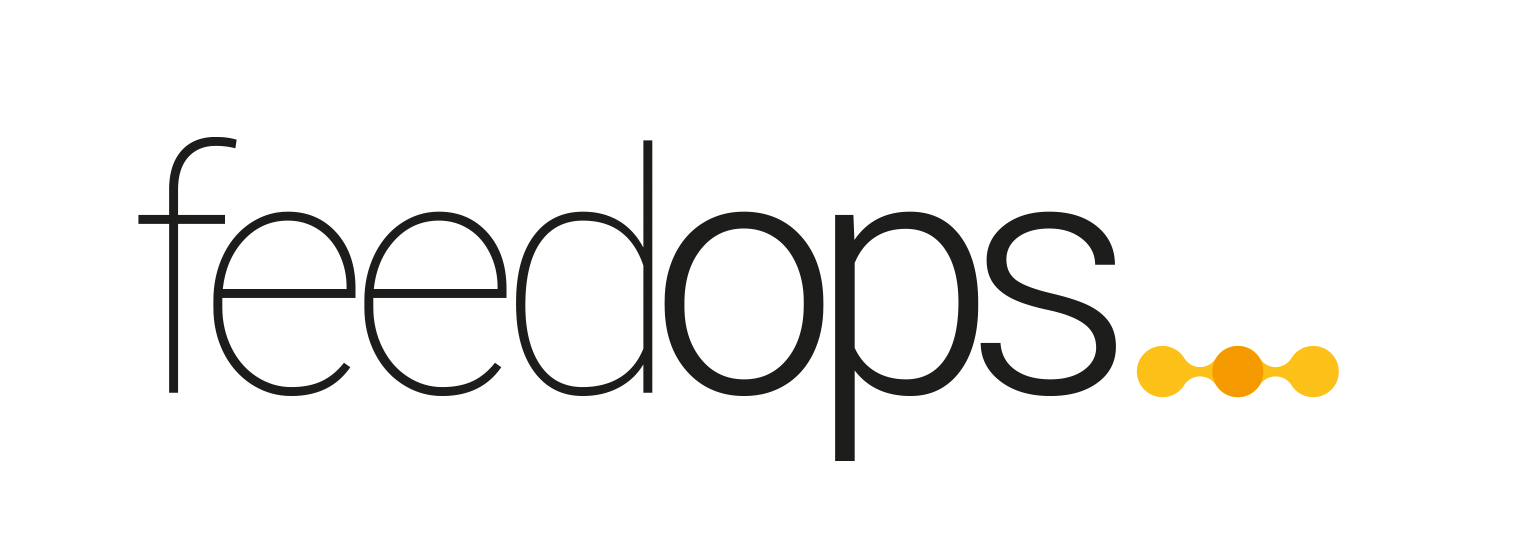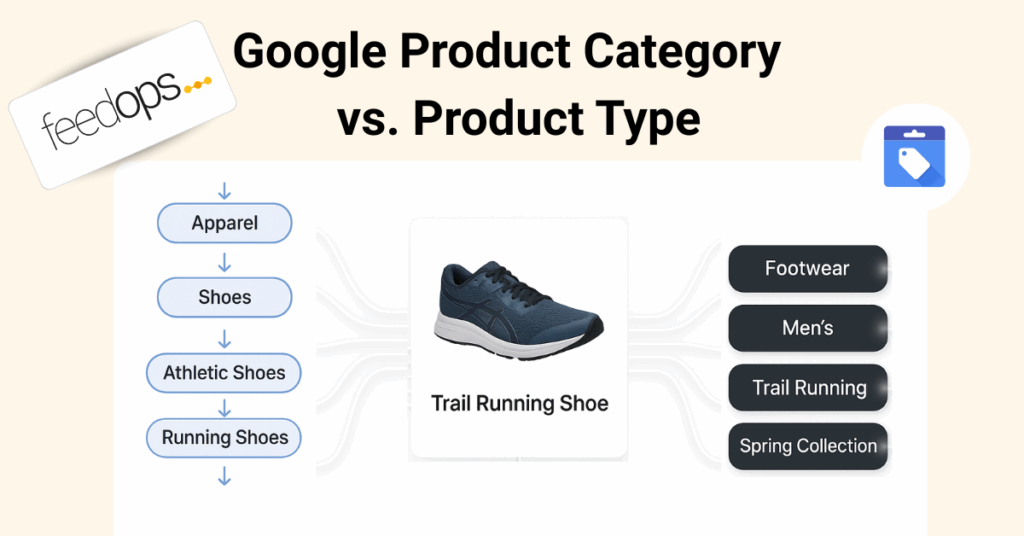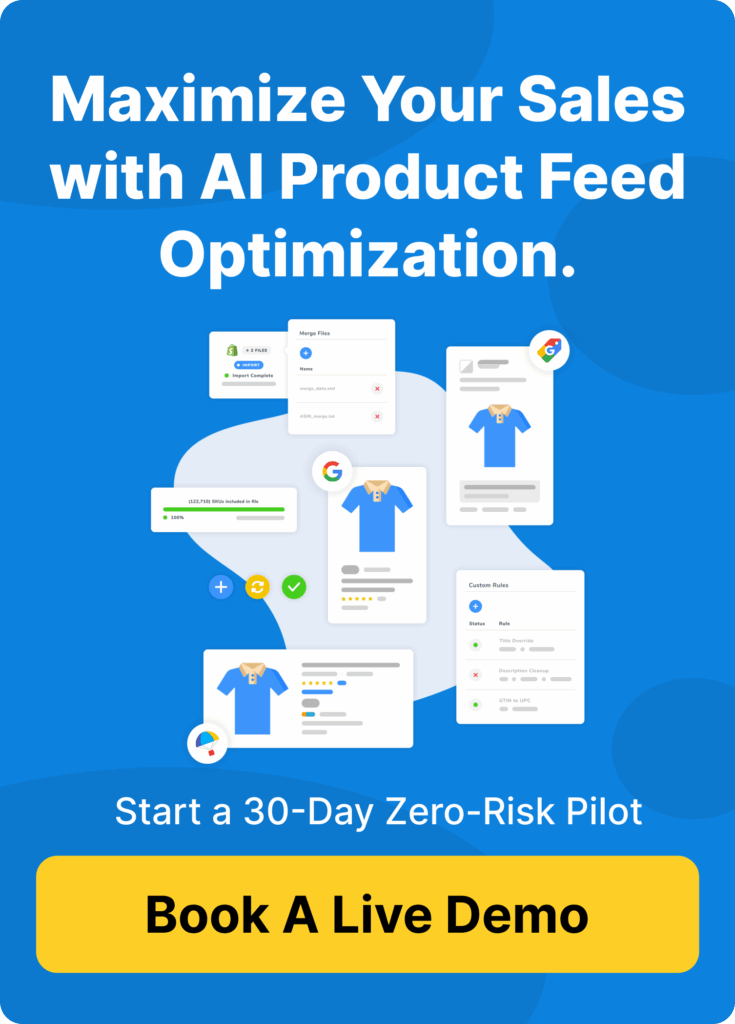Two attributes that often cause confusion are Google product category (google_product_category) and Google product type (product_type). On the surface, they look similar—but in practice, they play very different roles. Understanding how they work, how they affect targeting, and how to optimize them is key to driving more sales without inflating ad spend. At FeedOps, we’ve seen that mastering these two attributes—alongside titles, descriptions, and attributes—can transform a feed from “compliant” to competitive.
Google Product Category vs. Product Type: What’s the Difference?
Google Product Category (GPC)
The google_product_category is Google’s standardized taxonomy—a fixed, predefined list that maps every possible product into a single category with an ID.
Think of it as Google’s official “shelf labeling system.” If you sell running shoes, you wouldn’t just use Shoes—you’d map your product to:
Apparel & Accessories > Shoes > Athletic Shoes > Running Shoes.
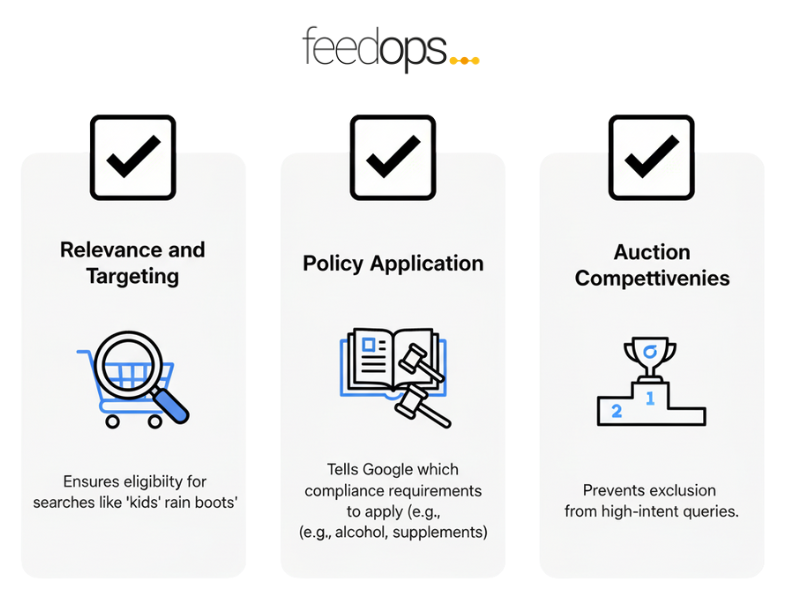
Google Product Type
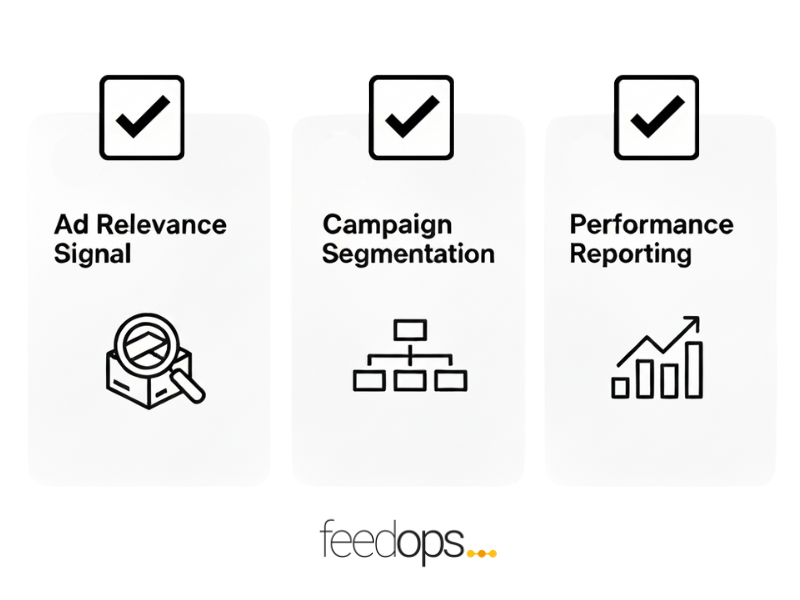
By contrast, product_type is flexible and merchant-defined. It’s your own categorization system, often reflecting your navigation, merchandising, or business logic. For example:
Footwear > Men’s > Spring Collection > Trail Running.
But here’s the important part: product_type isn’t just for you. It also acts as a signal Google uses to interpret relevance. While not as authoritative as GPC, Google does read product_type as an additional clue to understand product context and match queries more accurately.
That makes it a dual-purpose attribute:
- A machine signal for ad relevance.
- A human lever for campaign segmentation, bidding, and reporting.
Why Google Product Category Matters
- Relevance and Targeting – GPC is one of Google’s strongest indicators of what you’re selling. If someone searches “kids’ rain boots,” accurate categorization ensures your listing is eligible for that auction.
- Policy Application – Rules differ by category (e.g., alcohol, supplements, or apparel sizing). GPC tells Google which compliance requirements to apply.
- Auction Competitiveness – Without precise categorization, your product risks being excluded from high-intent queries.
Why Product Type Matters
Product_type adds another layer of intelligence to your feed, both for Google’s algorithm and your campaign execution:
- Ad Relevance Signal – Google factors product_type into its understanding of what your product is, reinforcing your GPC, title, and description. Think of it as a supporting keyword taxonomy that strengthens discoverability.
- Campaign Segmentation – Because you control the hierarchy, product_type can reflect margin groups, seasonal collections, or sales priorities—letting you adjust bids and budgets with precision.
- Performance Reporting – Product_type data makes it easier to analyze how categories or lines are performing across your account.
- Cross-Channel Consistency – Many platforms ingest product_type as part of the feed, so structuring it consistently helps unify reporting across Google, Microsoft, Meta, and more.
In short: Google product category and product type both help Google understand what you’re selling. Google product category primarily drives policy application and product eligibility, while product type is often used for campaign segmentation and internal organization.
Avoiding Pitfalls With Google Product Category and Product Type
While Google Merchant Center does a solid job of auto-categorizing products into the right google_product_category, it’s always worth running a sanity check.
If Google misclassifies your product, that’s often a signal that your titles or descriptions are unclear or misleading. Inaccurate categorization can mean fewer impressions, weaker relevance, or even policy flags.
It’s also important to understand that other platforms don’t auto-categorize. Meta, Microsoft, Pinterest, and TikTok all require you to manually assign Google Product Categories in your feed. And while you can see how Google has categorized your products inside Merchant Center, you can’t simply export those categories and reuse them elsewhere.
That means if you want consistent performance across channels, you need to set them up correctly at the source.
This is exactly where FeedOps adds value—we unify categorization across all channels, ensuring your products are mapped once and carried everywhere, without duplicating manual effort.
How Other Platforms Use Google Product Category
The reach of Google’s taxonomy extends well beyond Google itself:
- Meta (Facebook & Instagram): Requires GPC in catalogs to improve matching in Advantage+ and Instagram Shopping.
- Microsoft Ads (Bing): Uses nearly identical taxonomy—your Google categories transfer directly.
- Pinterest & TikTok: Both increasingly rely on GPC to interpret product feeds.
- Marketplaces: While Amazon and eBay use their own systems, GPC often acts as the “bridge” for mapping feeds across multiple channels.
That’s why at FeedOps, we treat GPC as the “backbone” attribute that drives omnichannel success. Without it, cross-platform optimization becomes a tangle of mismatched data.
The Industry Standard for Ad Taxonomy
The google_product_category has become the industry standard for product ad taxonomies. Why?
- Consistency – One taxonomy across channels reduces duplication.
- Algorithmic Understanding – Every platform is training AI to “understand” products; GPC provides a universal language.
- Operational Efficiency – A single source of truth streamlines feed management.
Ad Taxonomies vs. Marketplace Taxonomies
Don’t confuse advertising taxonomies (like GPC) with marketplace taxonomies (like Amazon or eBay):
- Purpose: Marketplaces structure for shopper navigation inside their site. Ad taxonomies structure for matching across the web.
- Structure: Amazon might have “Today’s Deals”; GPC never would.
- Granularity: Marketplaces get hyper-specific to their inventory base, while GPC aims to cover every product universally.
For performance marketing, ad taxonomy comes first—marketplace categories are layered on later.
Lorem ipsum dolor sit amet, consectetur adipiscing elit. Ut elit tellus, luctus nec ullamcorper mattis, pulvinar dapibus leo.
Common Mistakes With GPC and Product Type
- Using Generic GPC Values – e.g., “Shoes” instead of “Running Shoes.”
- Leaving Product Type Blank – Losing both a Google signal and a segmentation opportunity.
- Duplicating GPC in Product Type – Wasting product_type instead of using it strategically.
- Failing to Update – Categories evolve; keeping static taxonomies hurts relevance.
One-Size-Fits-All – Not tailoring categories and product_type for omnichannel feeds.
Practical Tips for Merchants
- Always Choose the Deepest GPC – Specific beats generic every time.
- Use Product Type as a Second Signal – Don’t leave it blank; treat it as reinforcement for relevance.
- Structure Product Type for Strategy – Seasonal lines, margins, or collections work best.
- Keep It Consistent Across Channels – Align reporting across Google, Meta, and Microsoft.
- Audit Regularly – Taxonomies shift; update quarterly.
Don’t Rely Solely on Google’s Auto-Categorization – Use it as a guide, but set categories manually where necessary, especially for cross-platform feeds.
Why This Matters More Now
With AI-driven ad delivery, feeds are the fuel. Google, Meta, TikTok, and Microsoft are no longer relying solely on keywords—they interpret context, relevance, and buyer intent directly from your feed.
That means:
- A weak or missing GPC = wasted spend.
- A blank or misused product_type = weaker signals and less campaign control.
Optimized categorization = more relevance, higher ROAS, less waste.
FeedOps: Making It Easier
Most merchants don’t have time to manually review thousands of SKUs for categorization accuracy. That’s where FeedOps steps in:
- AI-driven categorization – Natural language models assign accurate GPCs and meaningful product_types automatically.
- Custom Playbooks – Product_type hierarchies aligned with your margin strategy and campaign goals.
- Cross-Channel Optimization – One optimized feed powers Google, Meta, Microsoft, TikTok, Pinterest, Amazon, and eBay simultaneously.
- Always-On Monitoring – Continuous updates adapt to policy changes, search trends, and inventory shifts.
We don’t treat feeds as admin—we treat them as strategy.
Final Thoughts
If you want better ad performance in 2025, mastering the relationship between google_product_category and product_type is non-negotiable.
- GPC tells platforms what you sell.
- Product_type reinforces that signal and gives you control over how you sell.
- Together, they determine whether your feed is simply compliant or truly competitive.
And with platforms like FeedOps, you don’t have to do this alone. We align your categorization strategy with your campaign goals, so you get more sales, less spend, and faster value.
You may also want to read: Google Shopping Feed Optimization Guide and Google Shopping Feed Management Guide.
Is google_product_category required in my feed?
Yes, for certain verticals like Apparel & Accessories, Media, Software, and Subscriptions it’s mandatory. Even when not required, using it correctly improves ad relevance and eligibility.
Does Google automatically assign product categories?
Yes. Google Merchant Center always auto-assigns categories based on your product titles and descriptions. But don’t assume it’s correct—misclassifications happen. Always check, because wrong categories often point to unclear or misleading content.
Can I export Google’s assigned categories to use on other platforms?
Not directly. Google shows you the assigned categories, but they don’t export in your feed file. However, FeedOps automatically maps and assigns your Google Product Categories across Meta, Microsoft, Pinterest, TikTok, and more, saving you the manual setup.
What’s the difference between google_product_category and product_type?
- Google Product Category: A standardized taxonomy defined by Google.
- Product Type: Merchant-defined, flexible, and also used by Google as an additional relevance signal. It also helps advertisers with segmentation and reporting.
What happens if I leave product_type blank?
Your products can still run, but you lose both a relevance signal for Google and a powerful lever for campaign structure and reporting. It’s a missed optimization opportunity.
Do other ad platforms use Google’s product categories?
Yes. Meta, Microsoft, TikTok, and Pinterest all recognize Google Product Category—but they don’t auto-assign them. FeedOps bridges this gap by pushing your Google Product Categories into all these platforms automatically, ensuring cross-channel consistency.
How often should I review my product categories?
At least once per quarter. Product catalogs change, taxonomies evolve, and platforms update policies. Regular audits ensure accuracy and consistent cross-channel performance.
